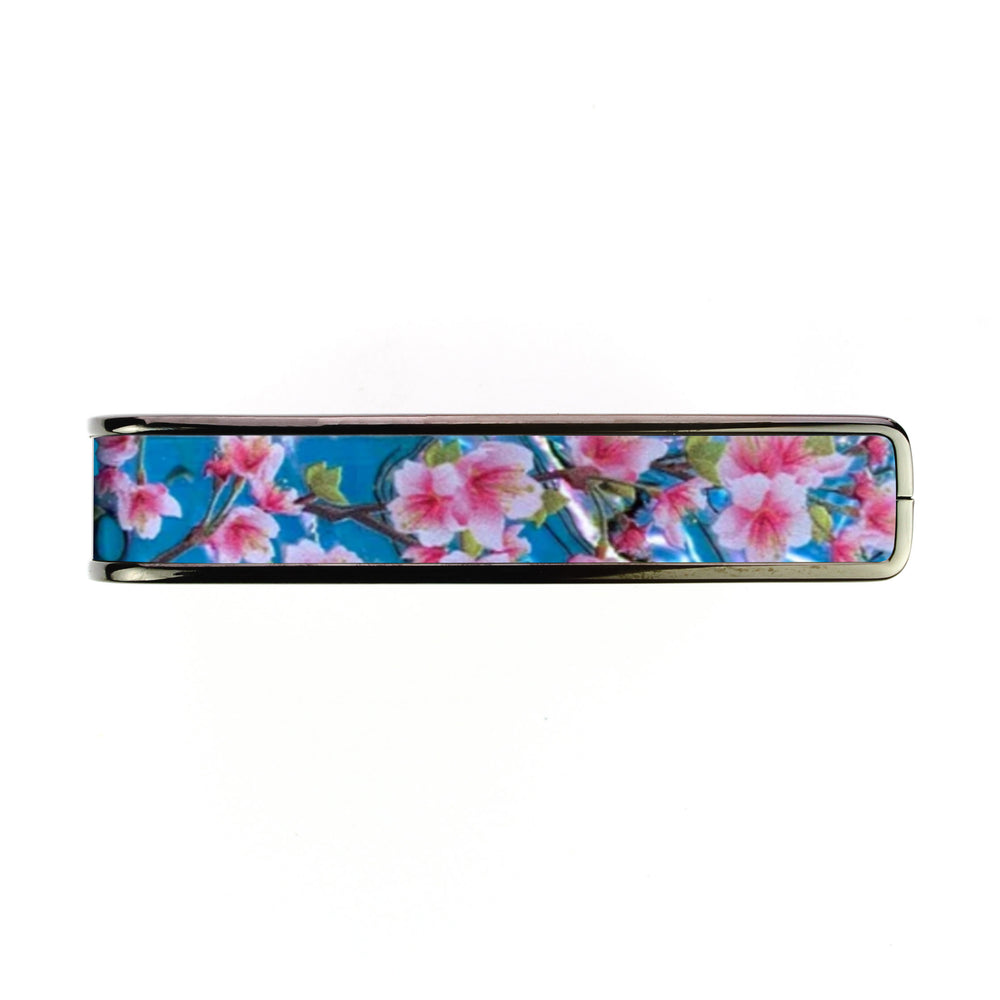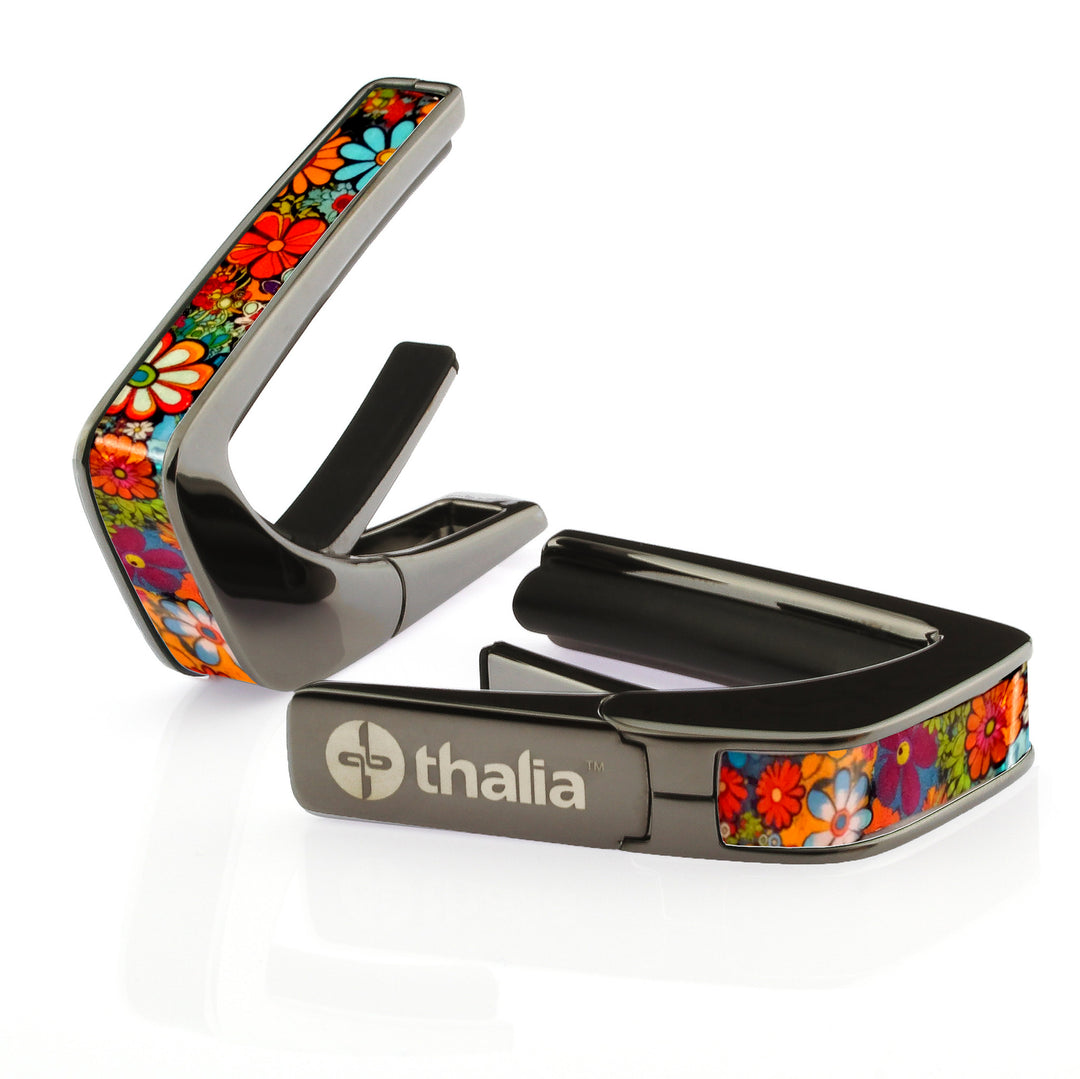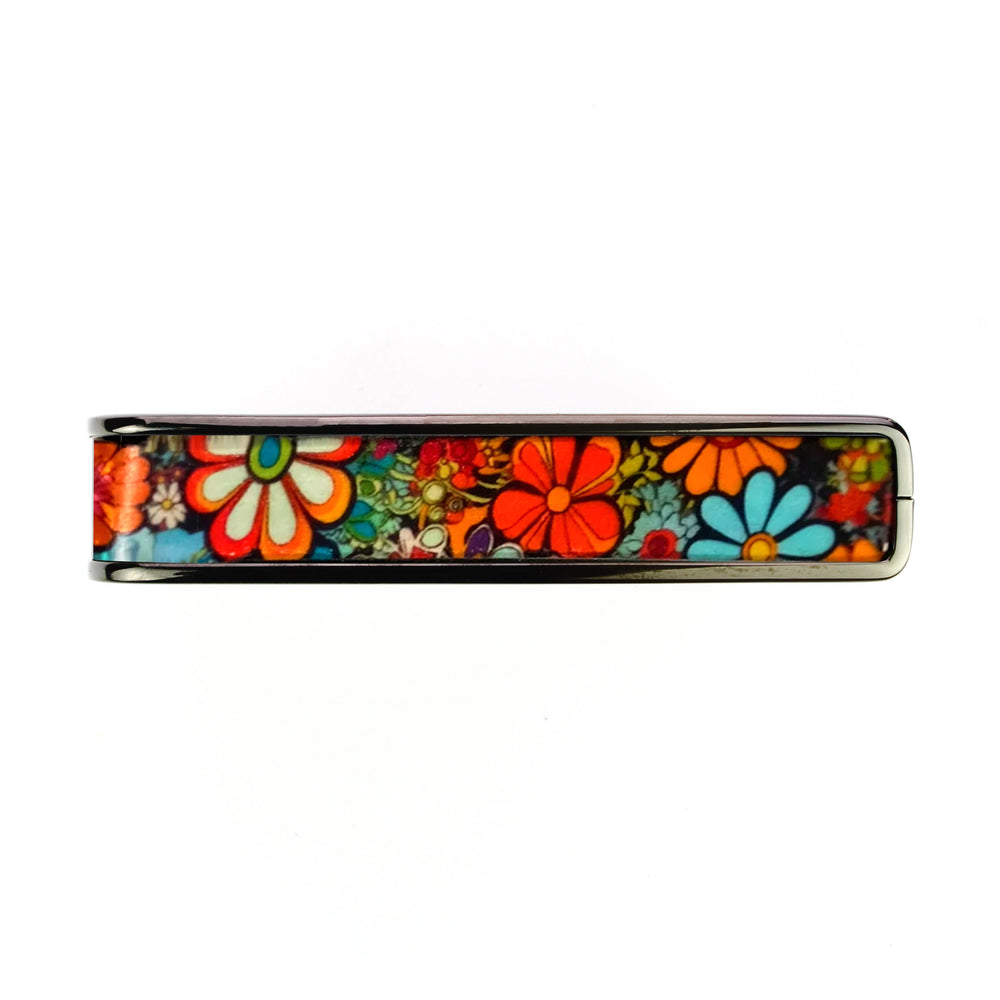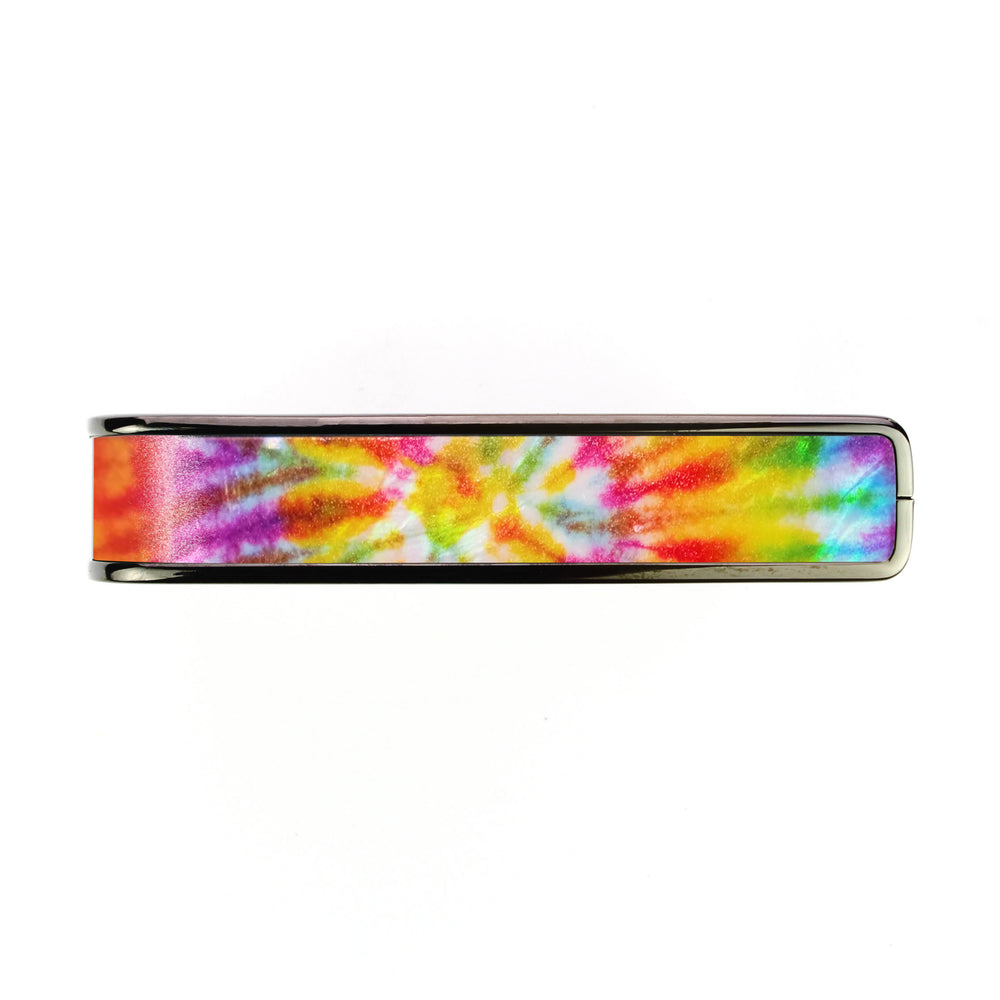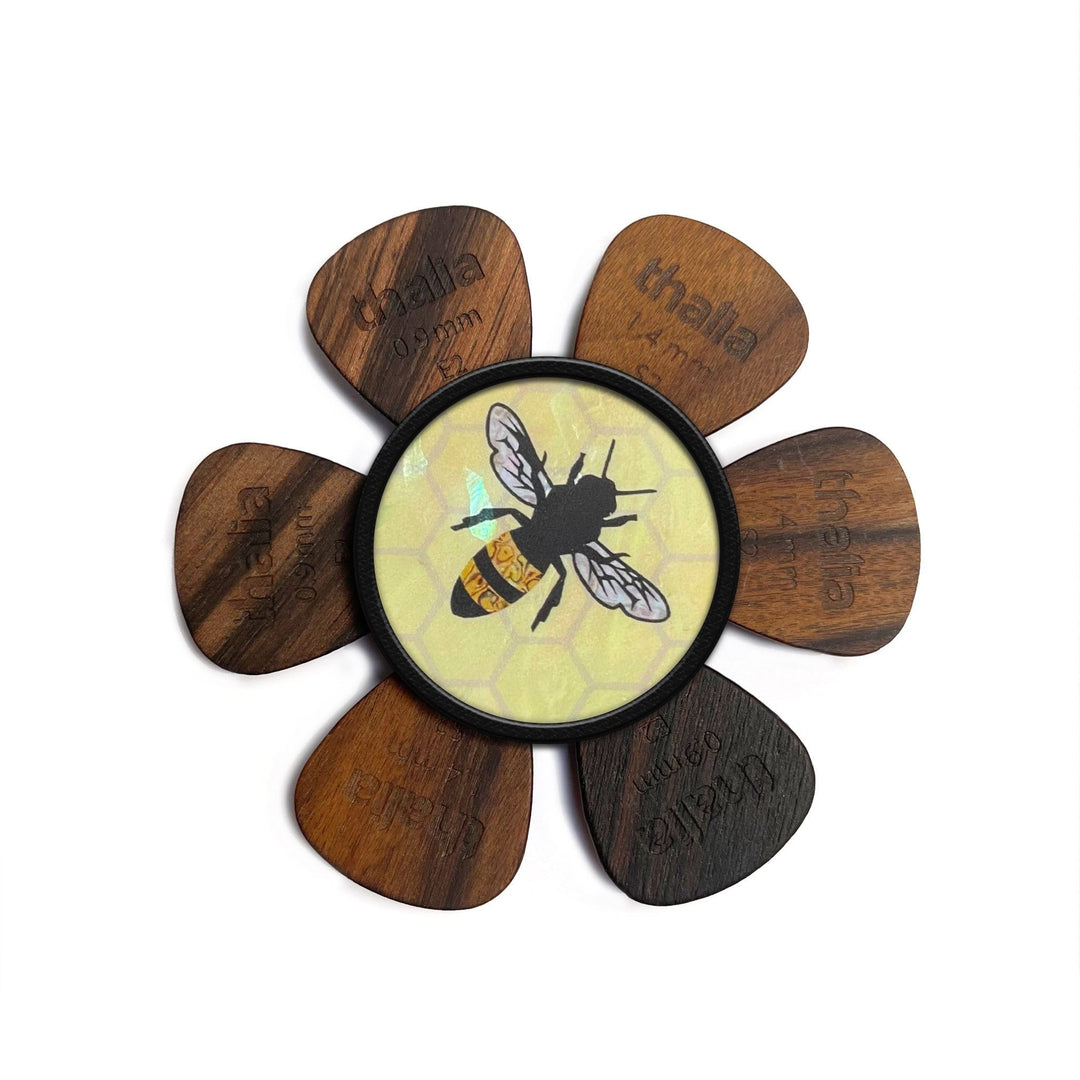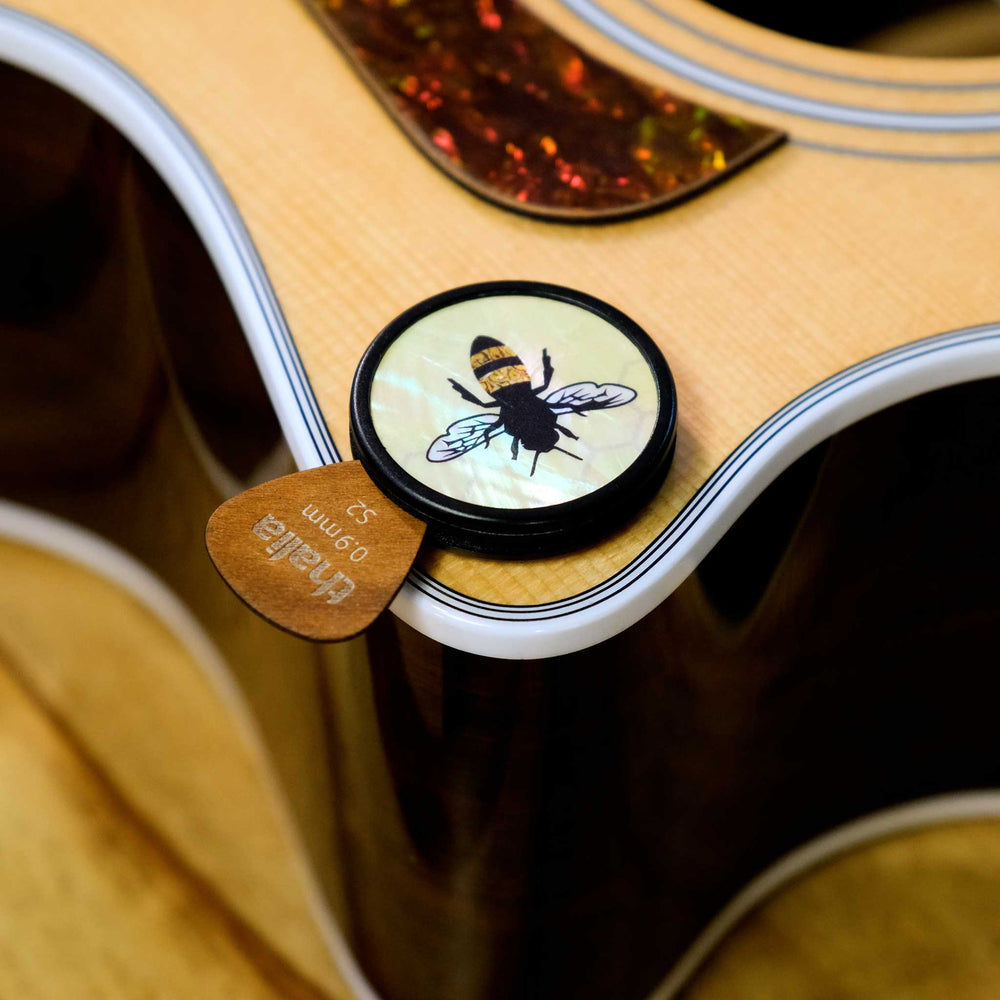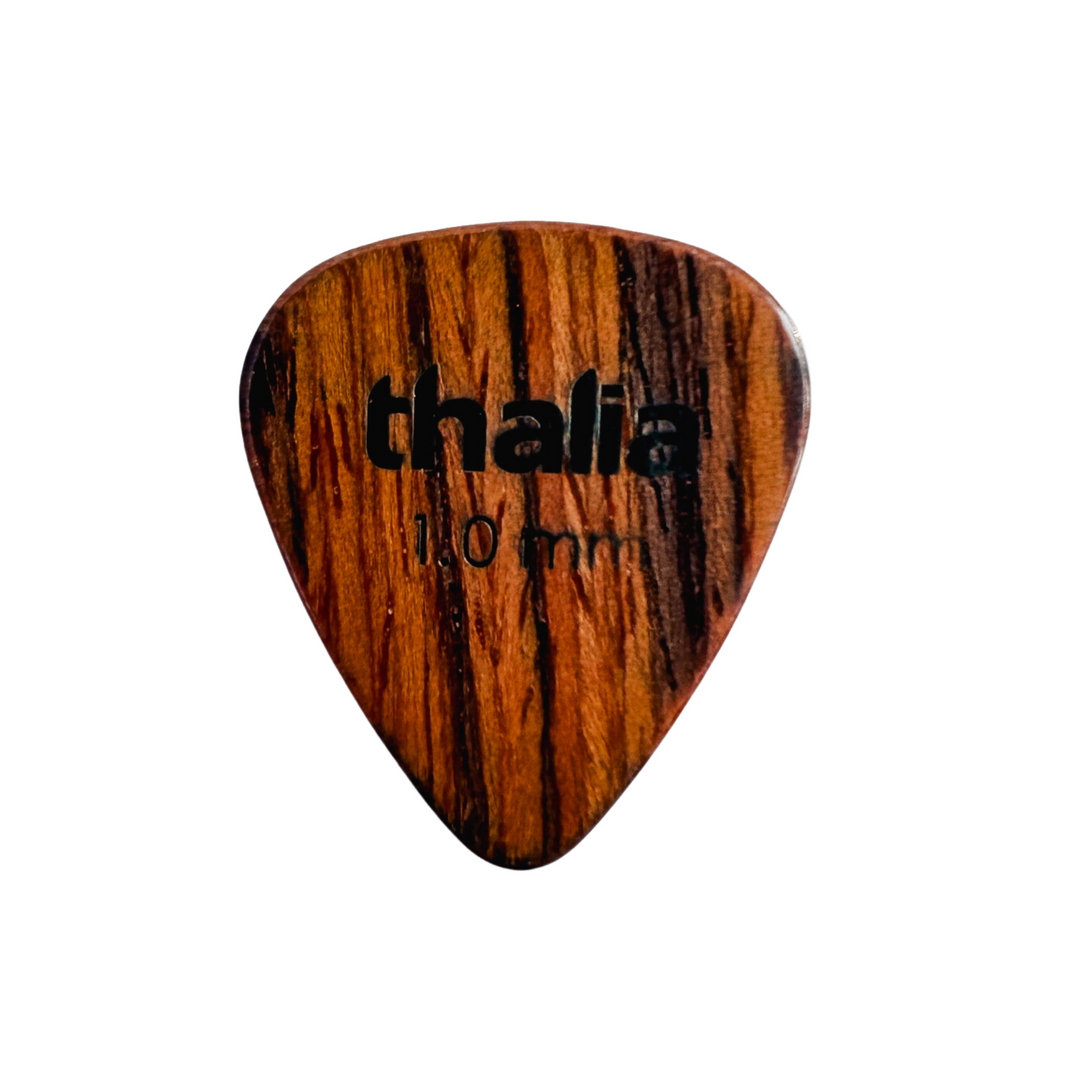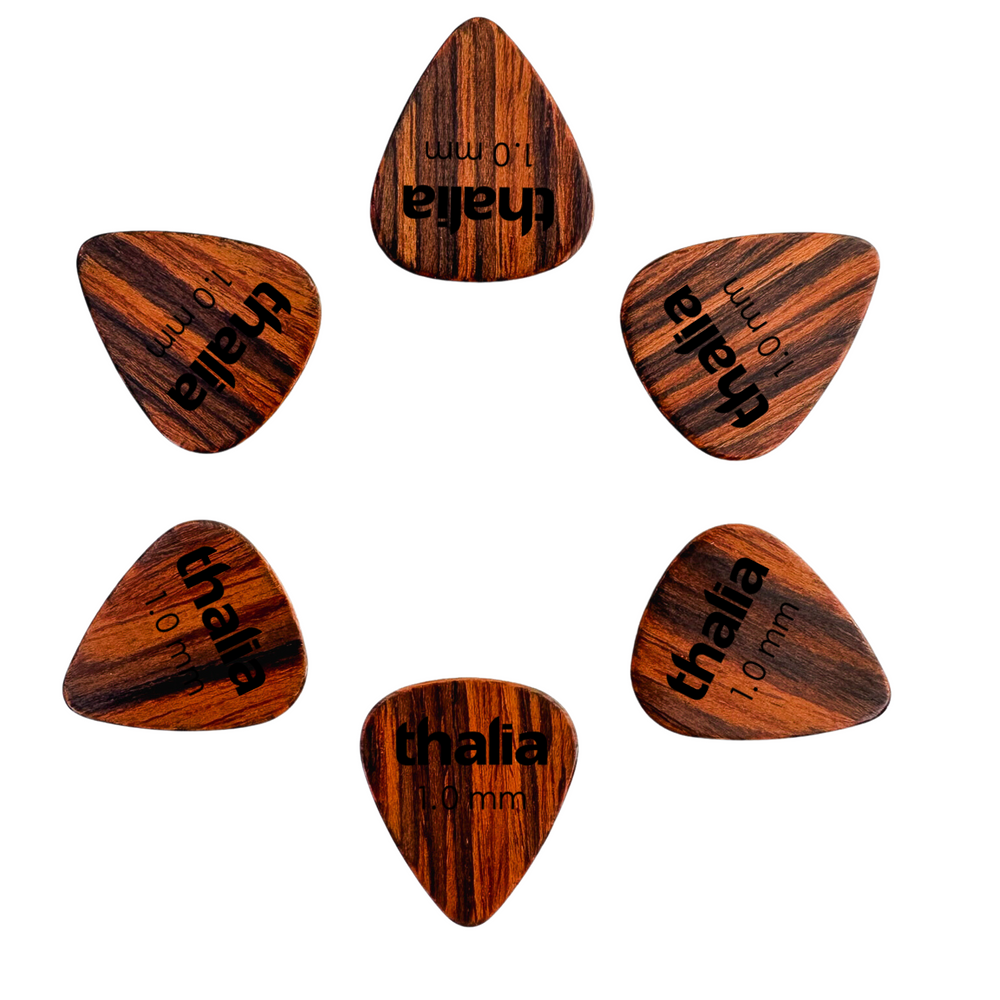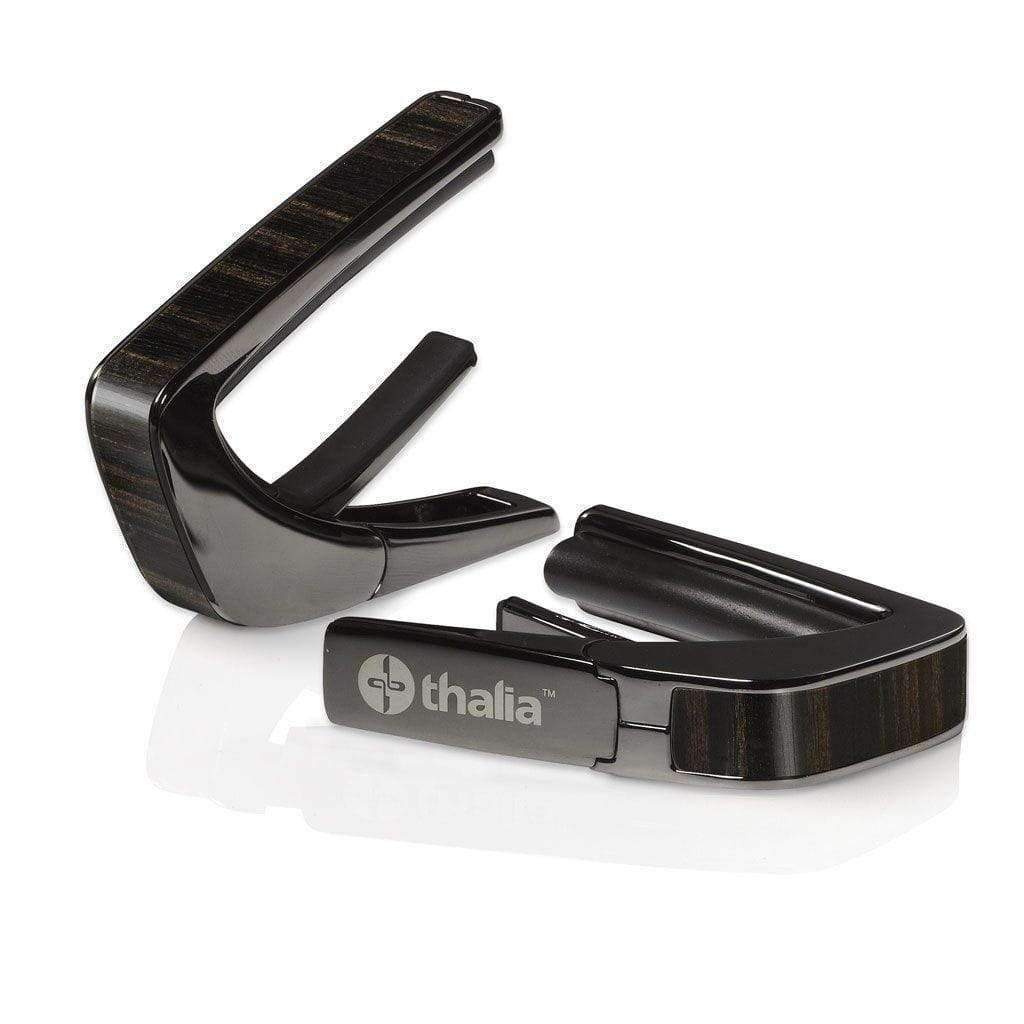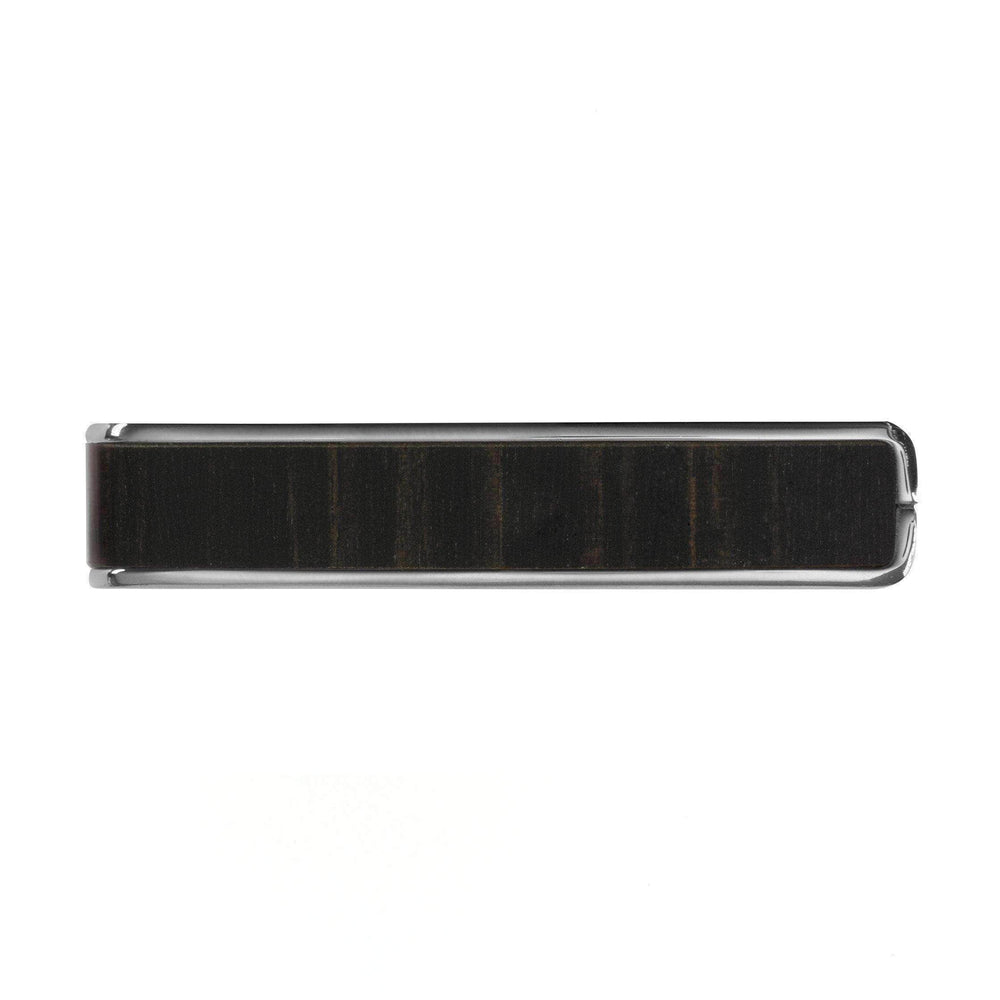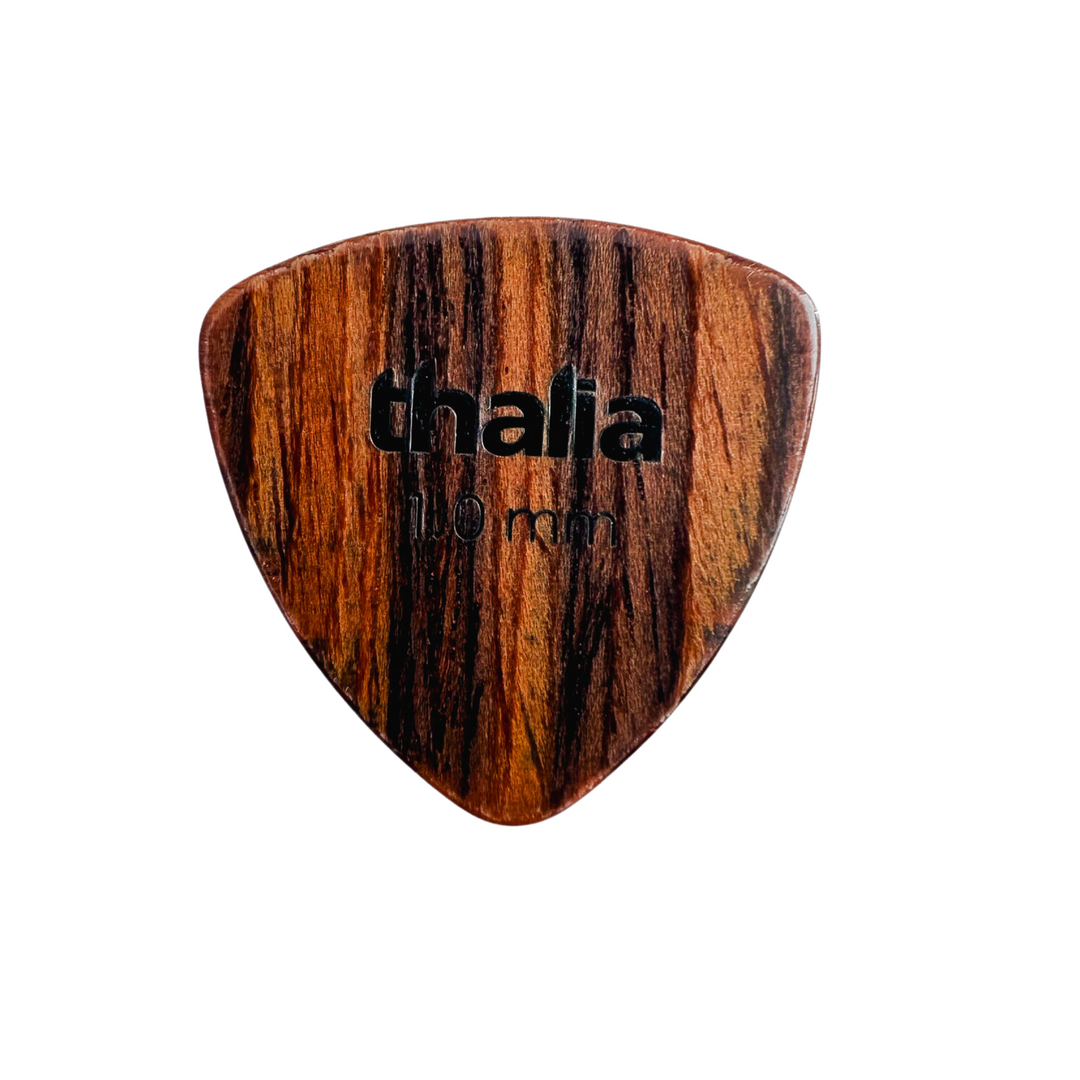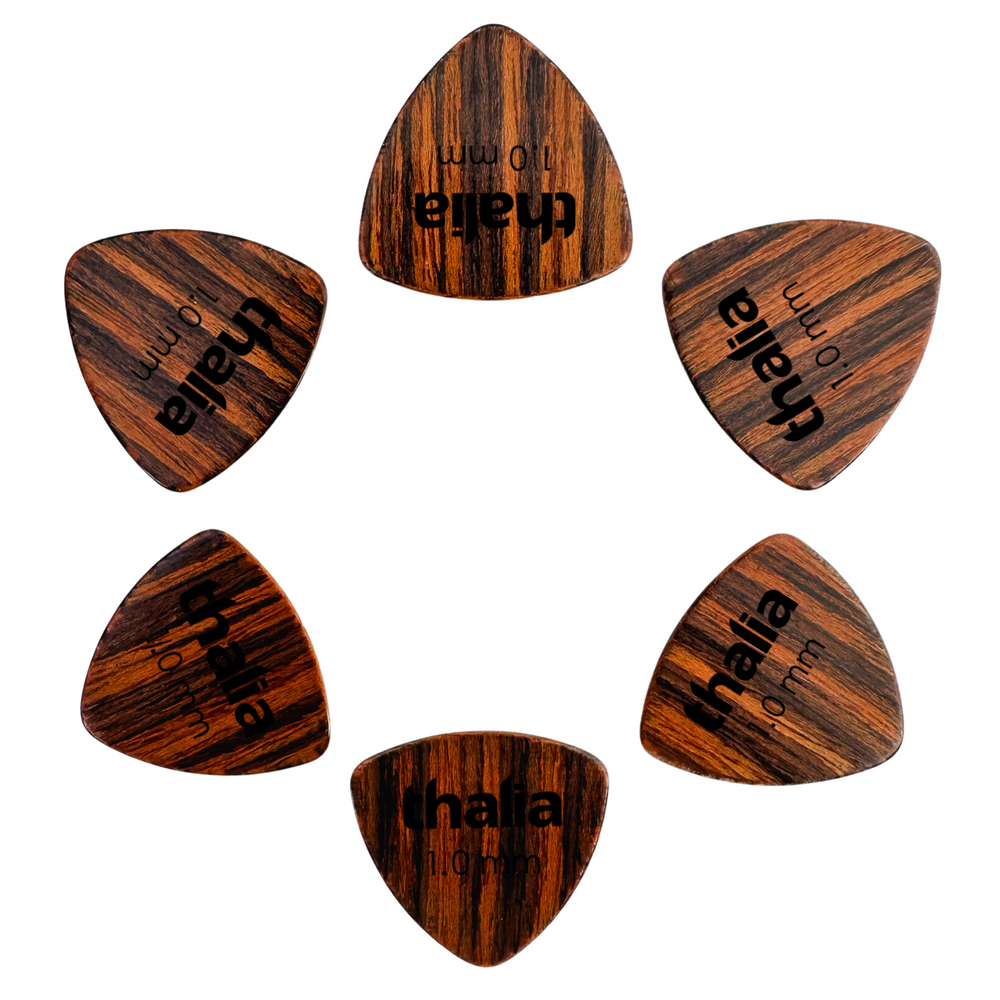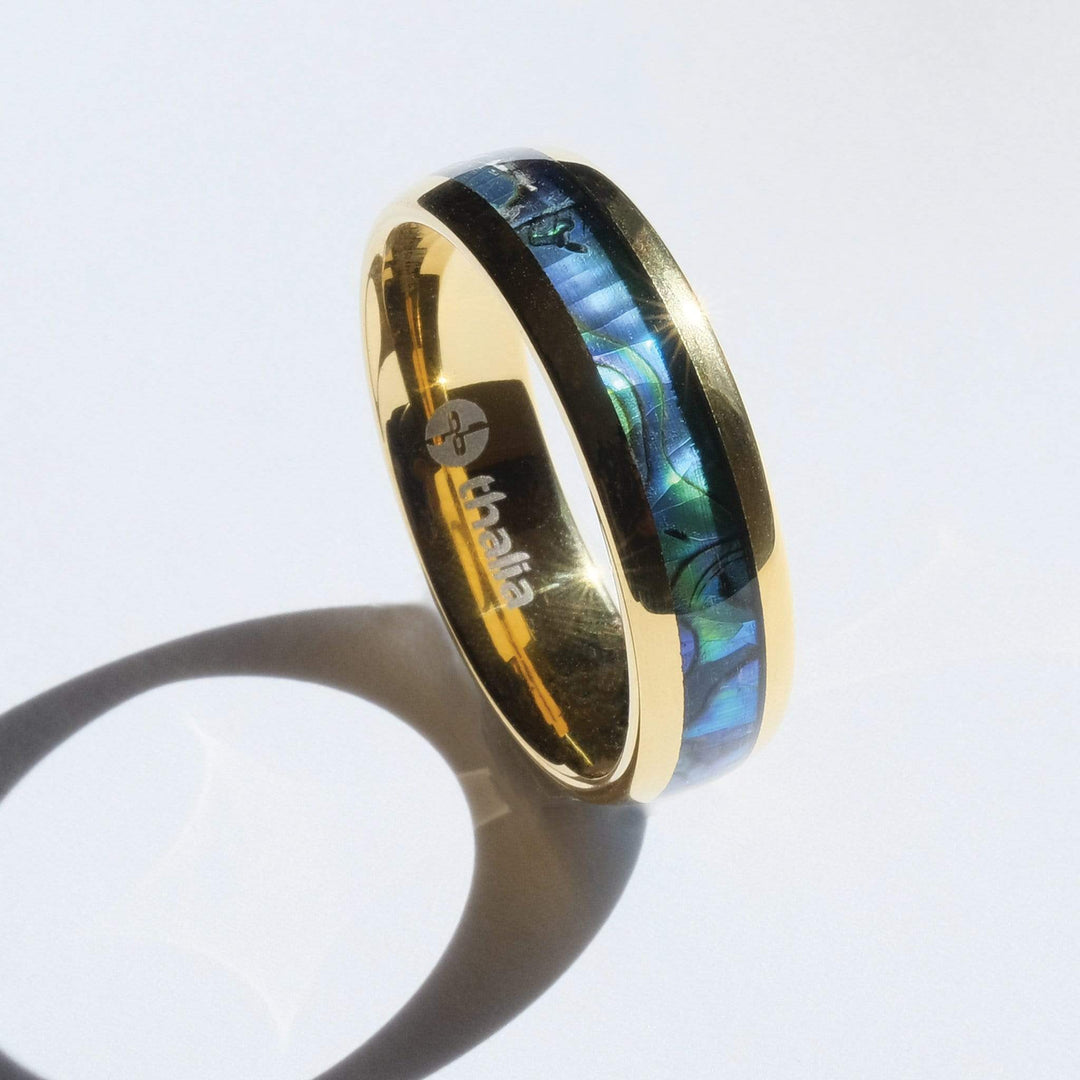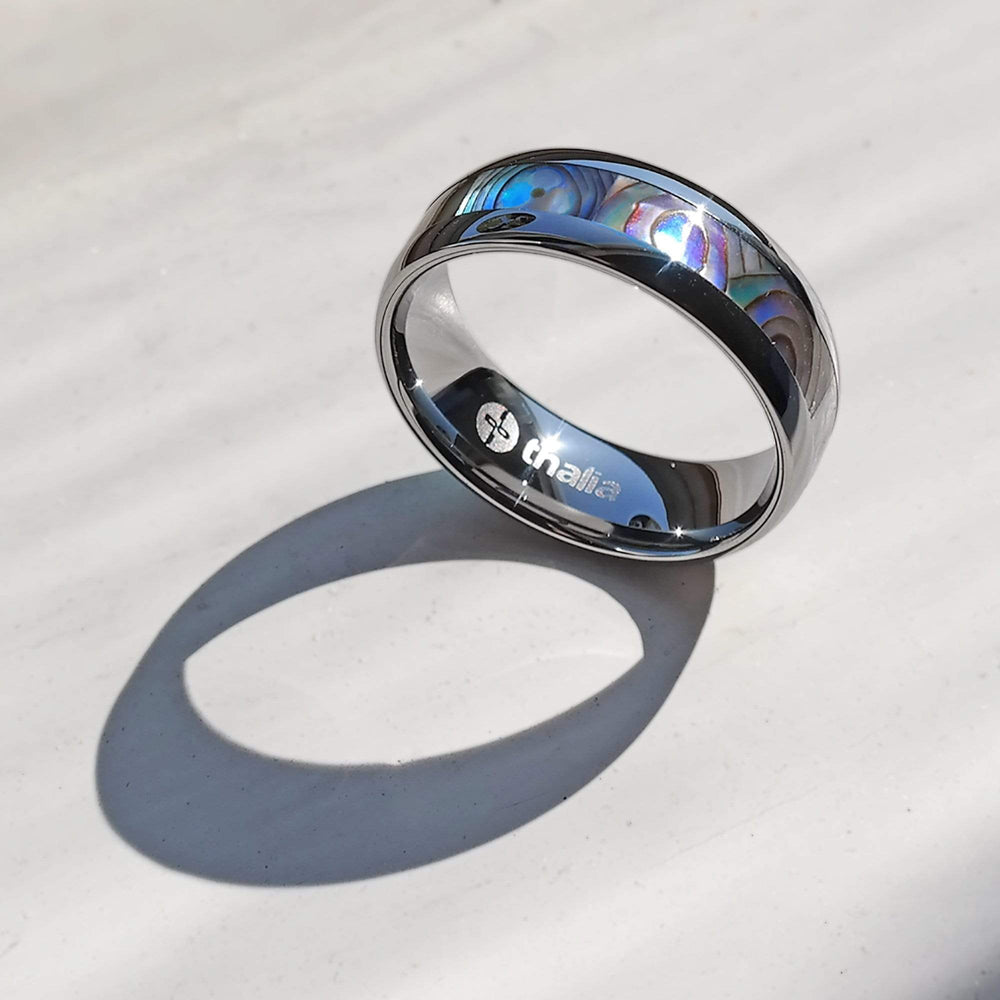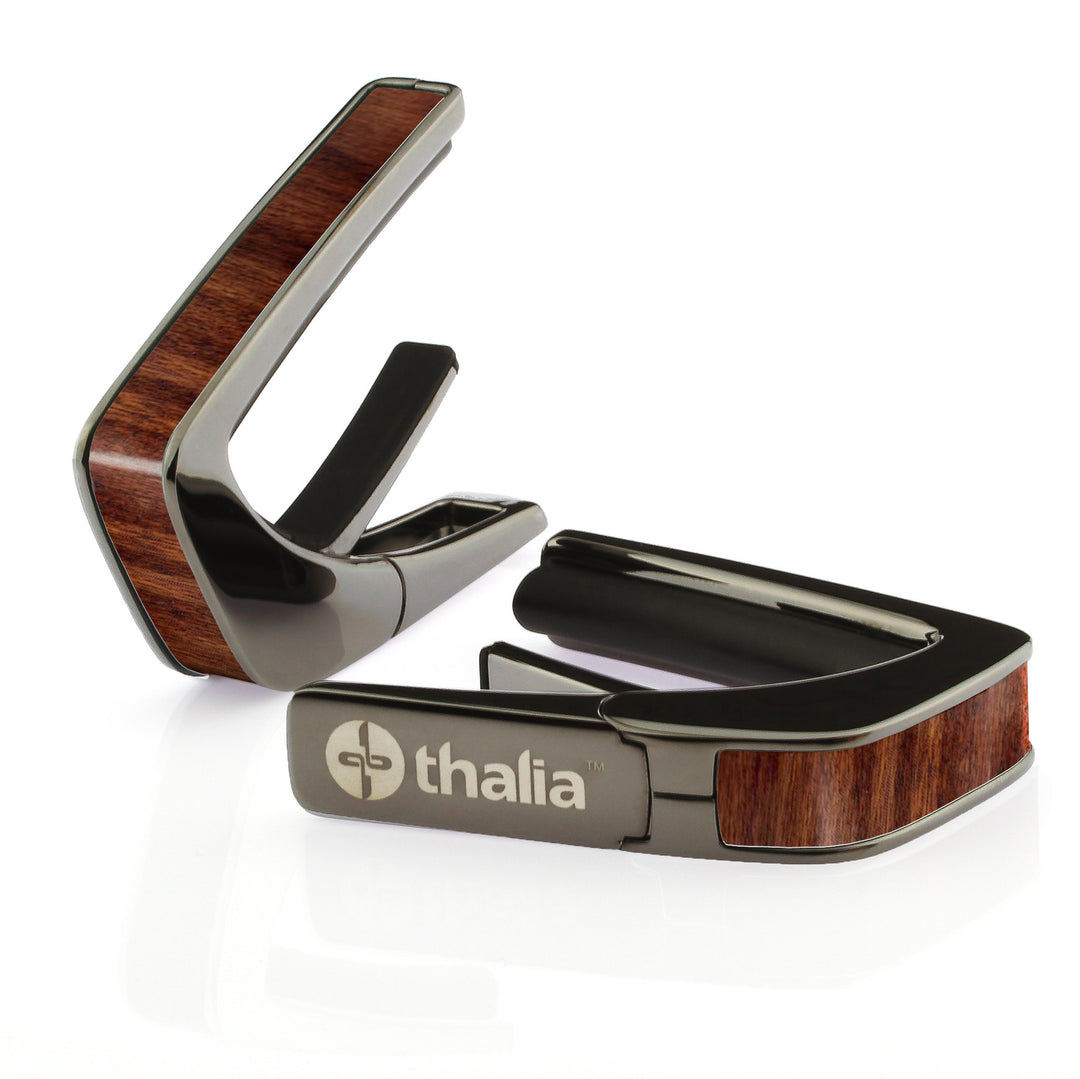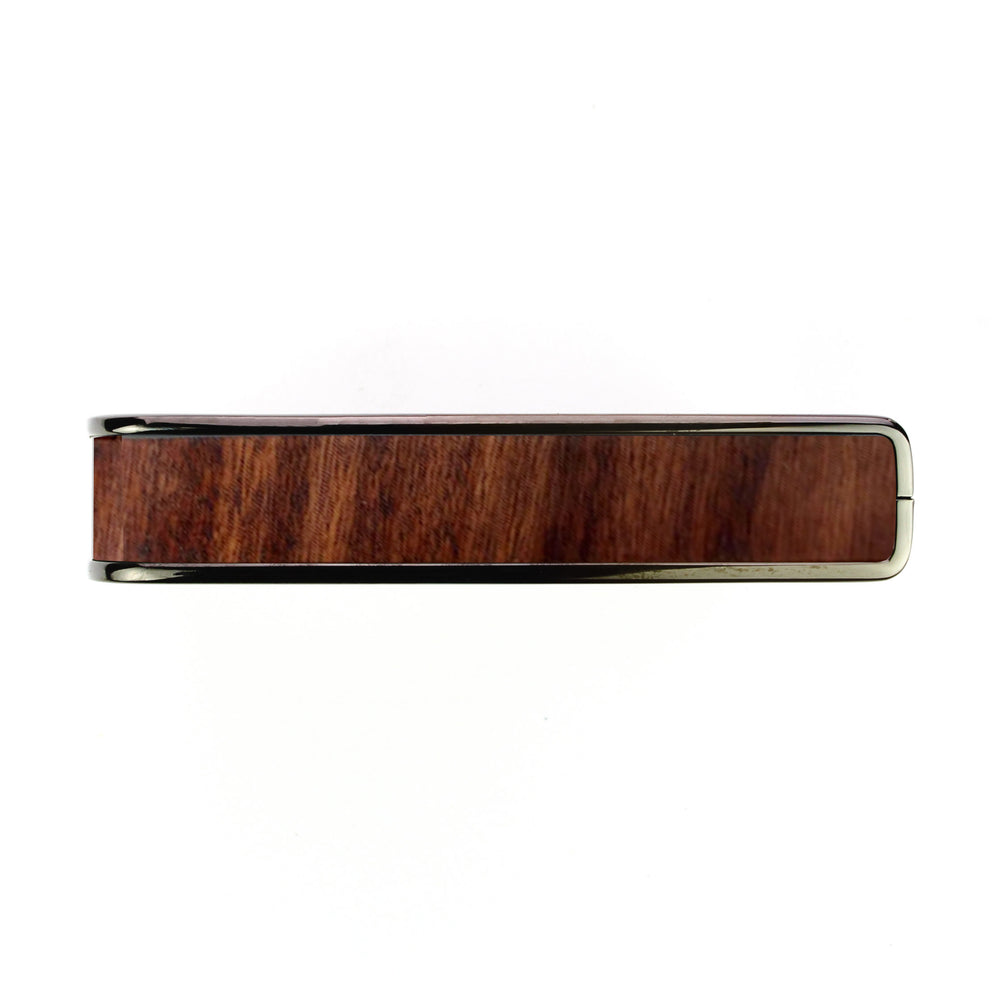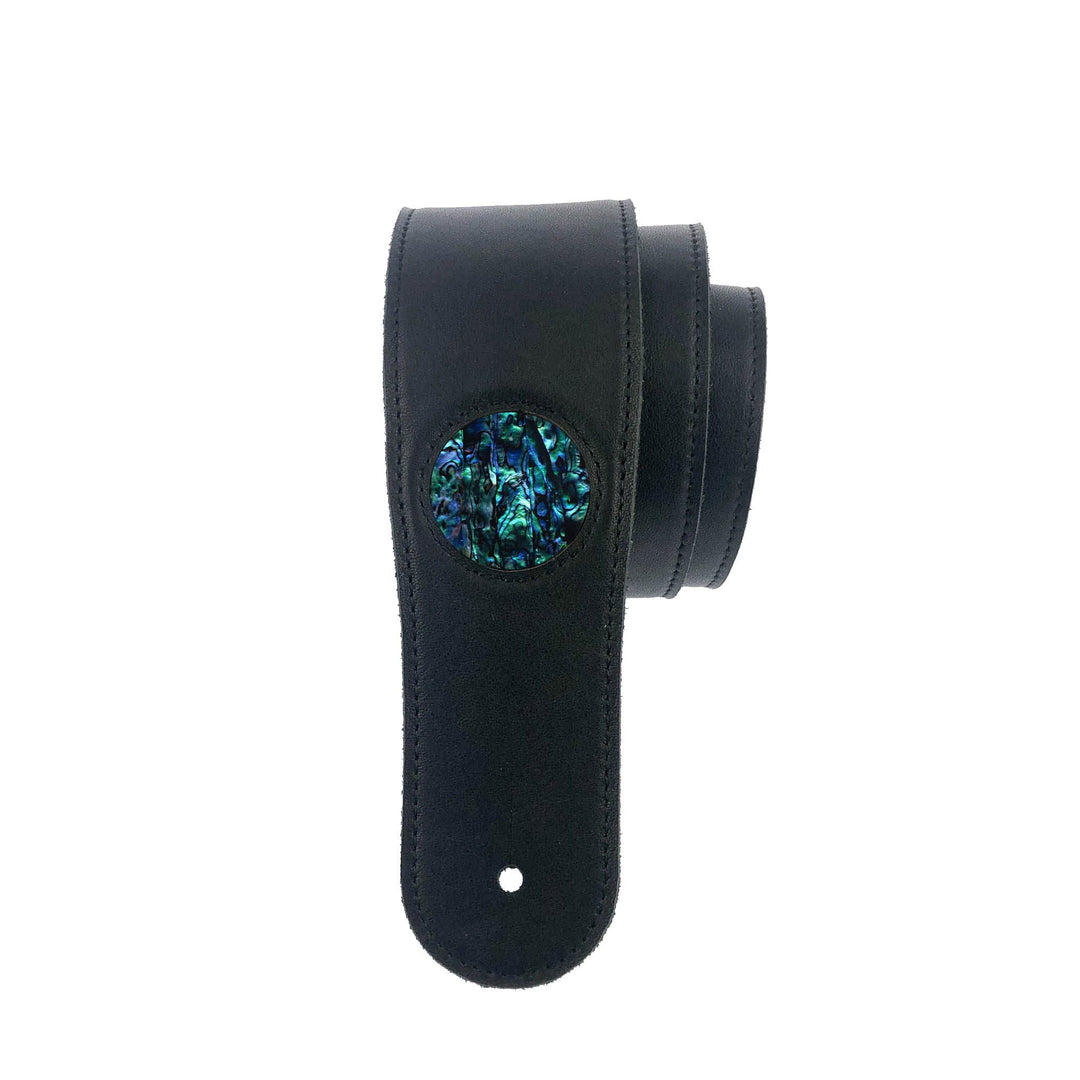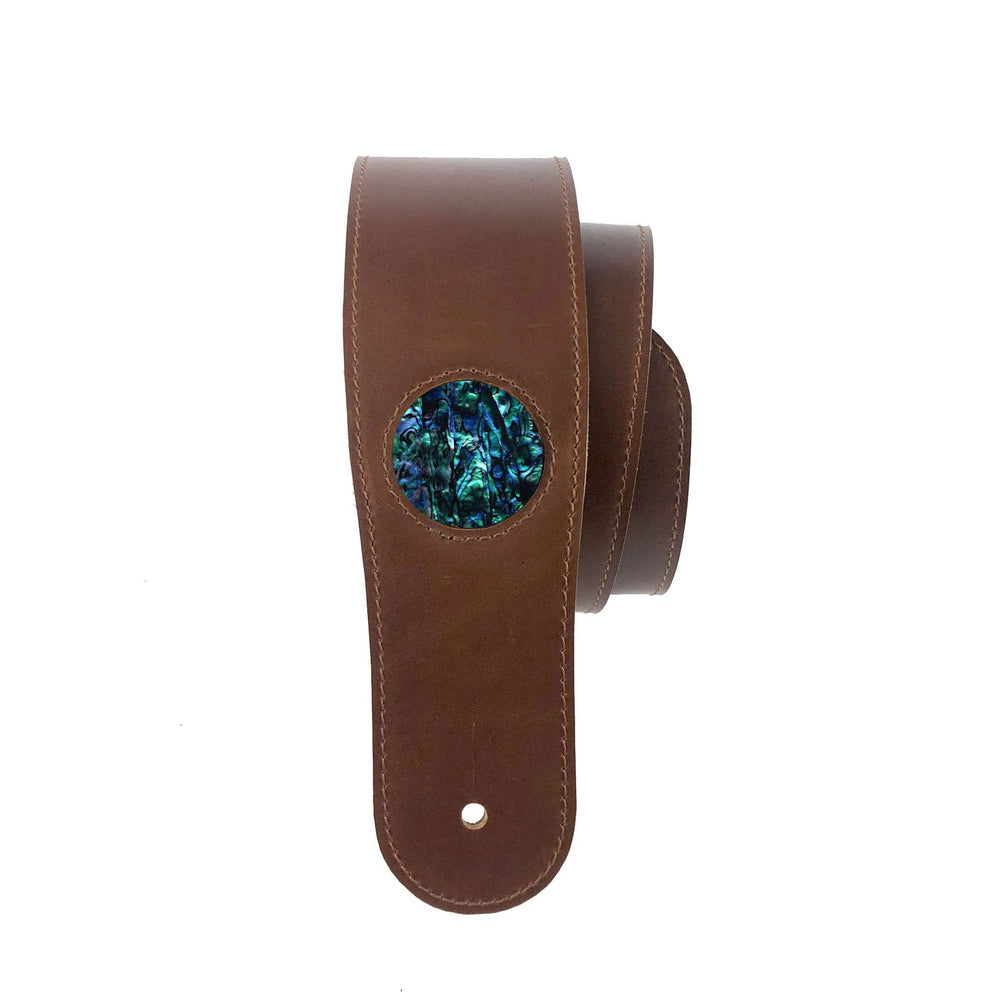The Story Behind Willie Nelson’s “Trigger” Guitar
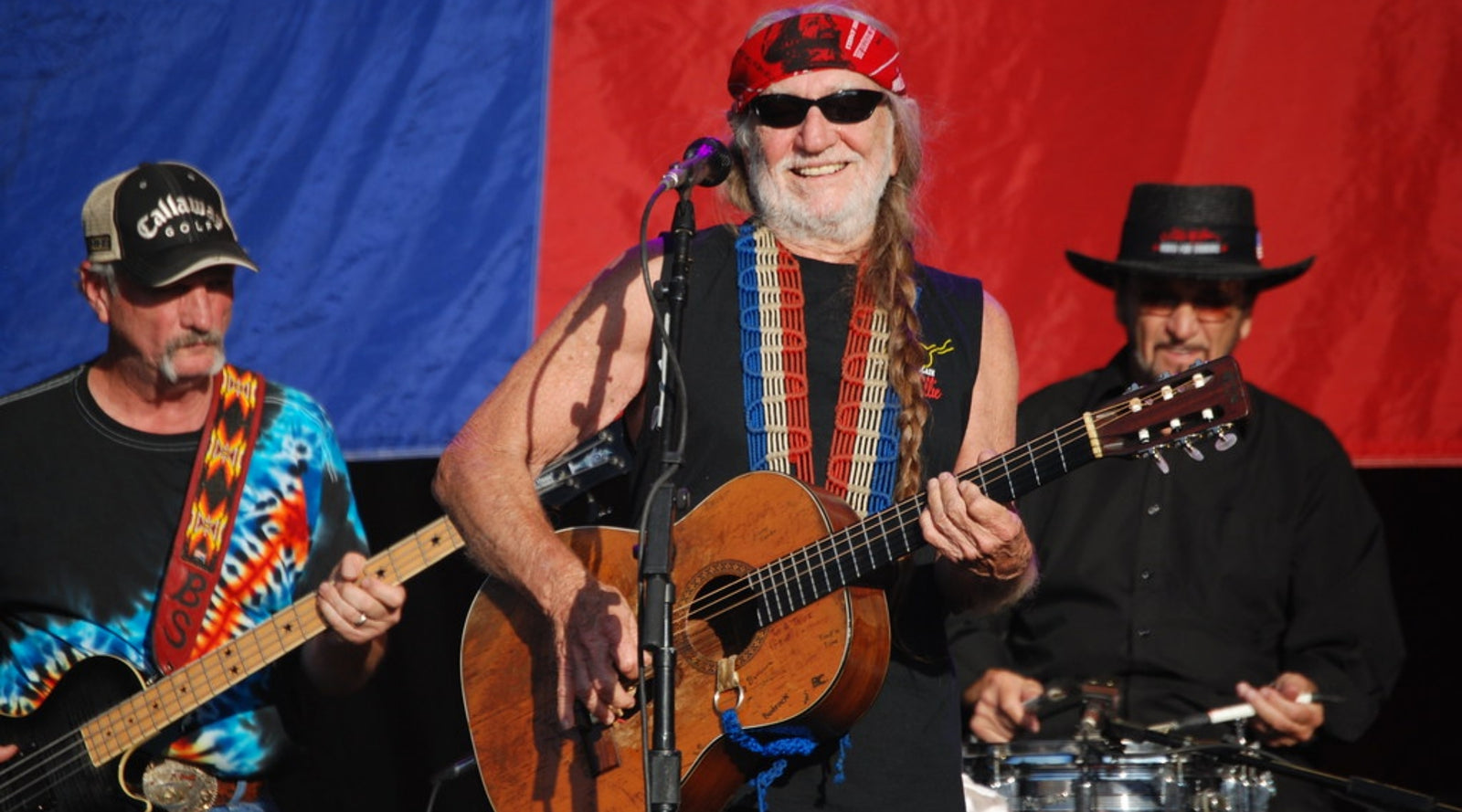
There are a handful of guitars that are almost as iconic as the people that play them. Eric Clapton’s “Blackie” Strat is one, Keith Richard’s “Micawber” Tele is another.
And then there’s Willie Nelson’s “Trigger.” Since 1969, this unique Martin N-20 has been Nelson’s go-to instrument. Synonymous with the musician, it’s also one of the most storied guitars in the history of popular music.
Today, we’re delving into the history of “Trigger” – where it came from, how it got the name, and the reasons for its iconic, road worn appearance.
In the early days of his career, Willie Nelson went through a variety of guitars. Nelson was signed to RCA records, and that meant that plenty of guitar manufacturers were lining up to gift him instruments to test. Willie started out on Fenders, experimenting with Telecasters, Jaguars and Jazzmasters, before switching to Gibsons. Then, in 1969, the Baldwin Company offered Nelson one of their 800C Classical Acoustic-Electrics, complete with a Prismatone pickup and amp.
The Baldwin didn’t last long, however. After a 1969 concert as Floore’s Country Store in Helotes, Texas, a drunk man stepped on the instrument, causing serious damage. David Zettner and Jimmy Day, who were members of Nelson’s band The Record Men, took the guitar to Nashville luthier Shot Jackson, to see if he could resuscitate it. Jackson quickly pronounced the Baldwin D.O.A, but offered Nelson a Martin N-20 as a replacement. Nelson ultimately bought the instrument – made out of Brazilian rosewood with a Sitka spruce top – sight unseen for $750, on the condition that Jackson installed the pickup from the totalled Baldwin into it.
The guitar, which went on to define Nelson’s sound through the recording of acclaimed albums like ‘Shotgun Willie,’ ‘Red Headed Stranger’ and ‘Stardust,’ was christened “Trigger” in reference to Roy Rogers’ faithful steed. As Nelson himself remarked: "Roy Rogers had a horse named Trigger. I figured, this is my horse!"

And, thanks to over 10,000 shows of exclusive use, Nelson’s workhorse has taken on a unique and iconic look. Over time, Willie has worn a large hole above the bridge that nearly reaches the sound hole; the result of flatpicking and strumming on a guitar designed to be played fingerstyle. Even the steel frets have been worn down to wavey lines from the extensive playing. The soundboard, meanwhile, has been signed by over one hundred of Nelson’s friends, resulting in a truly storied instrument.
As for what the guitar means to Nelson? As he summed up in his 2007 book ‘The Tao of Willie,’ the singer/songwriter can’t imagine playing anything else:
"One of the secrets to my sound is almost beyond explanation. My battered old Martin guitar, Trigger, has the greatest tone I've ever heard from a guitar. ... If I picked up the finest guitar made this year and tried to play my solos exactly the way you heard them on the radio or even at last night's show, I'd always be a copy of myself and we'd all end up bored. But if I play an instrument that is now a part of me, and do it according to the way that feels right for me ... I'll always be an original."
What’s your favorite Willie Nelson moment? Have you ever seen him play live? And do you own a guitar that’s your personal “Trigger”? As always, share your stories in the comments.



